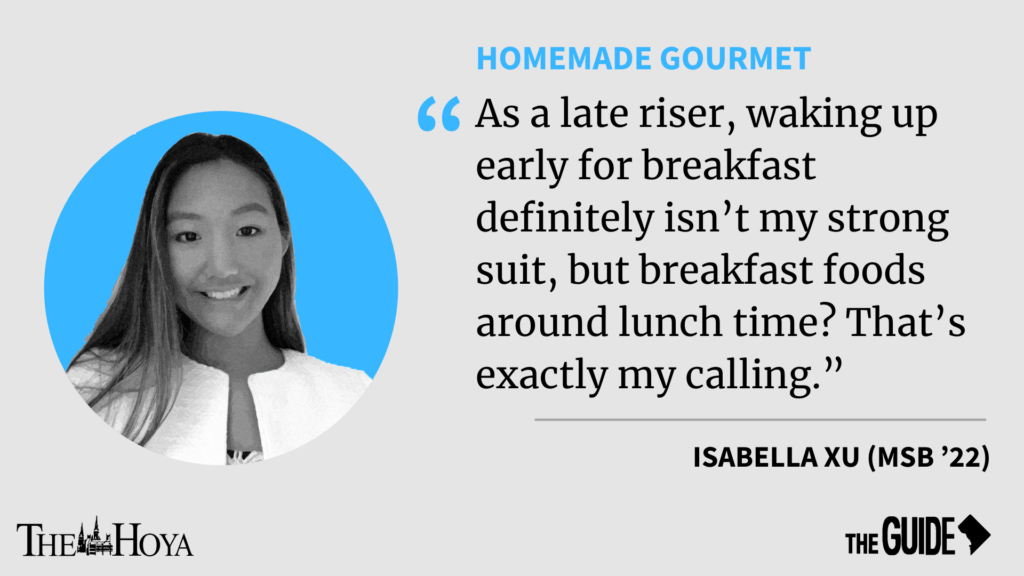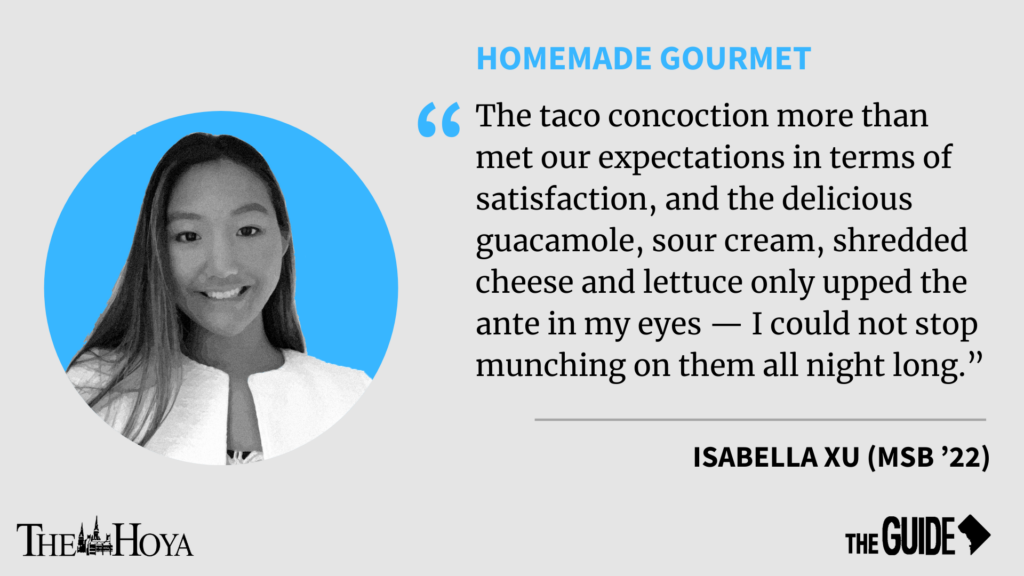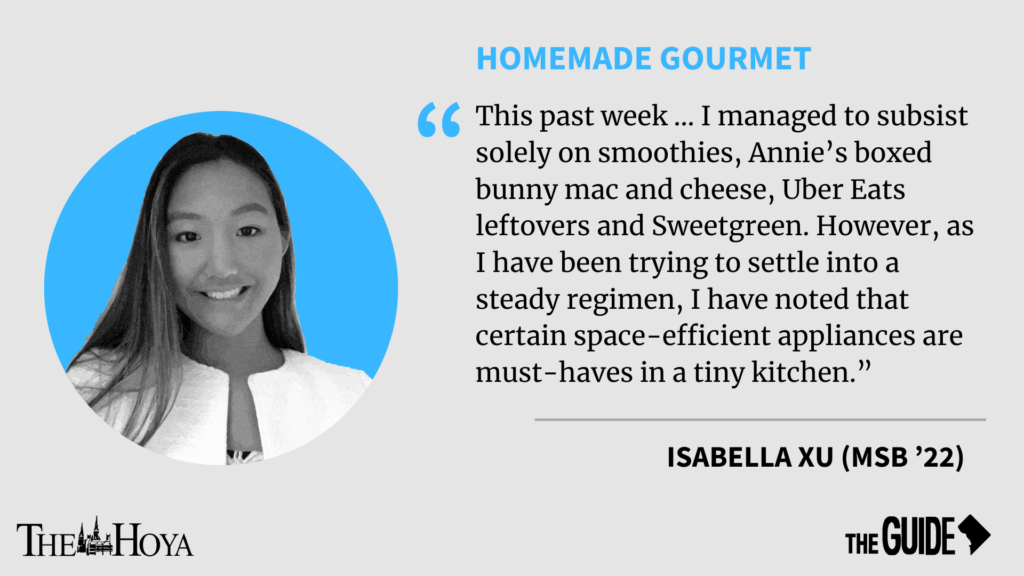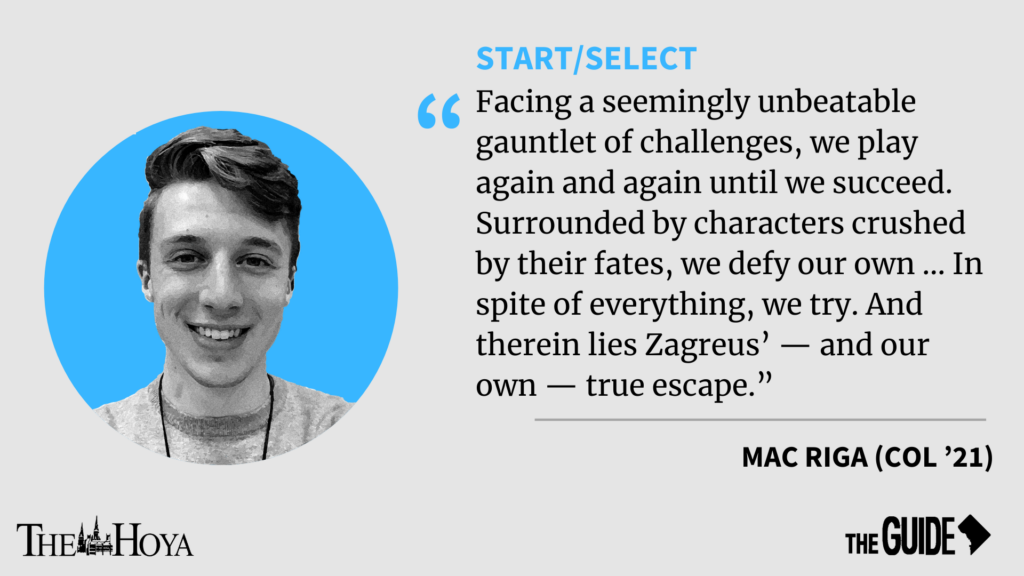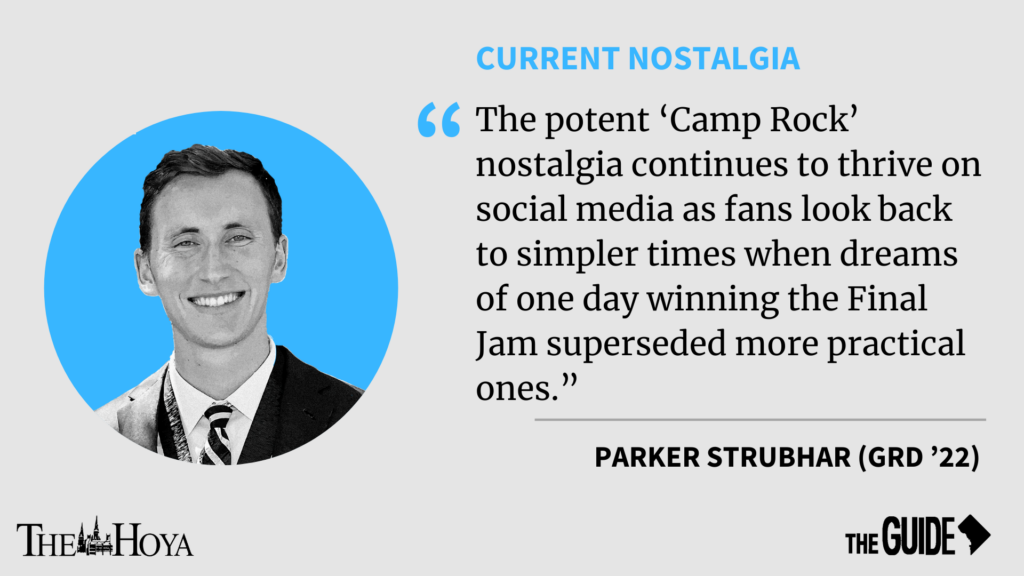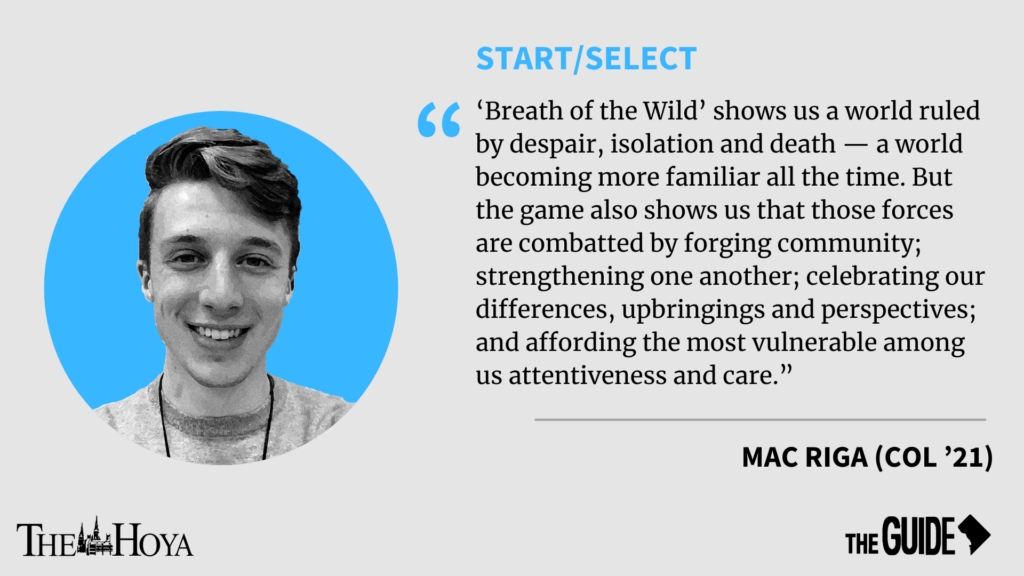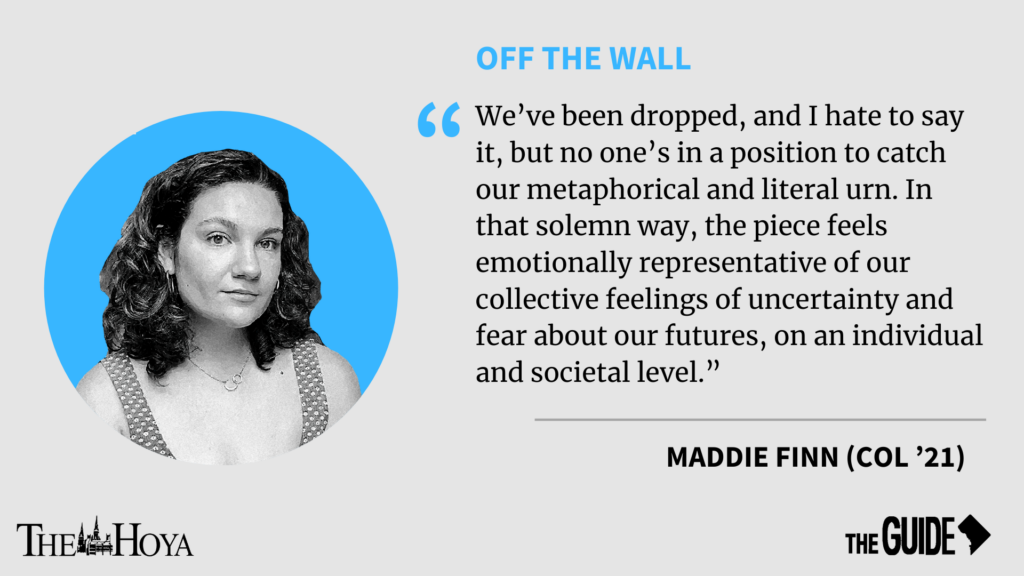It’s Lent, and you know what that means: dietary restrictions on top of fasting. I am a particularly big fan of Lent; it helps you temper yourself, learn about other modes of living and eating, and gain empathy for those who have less.
The different ways to fast are myriad; recently, however, fasting from food in particular has fallen off the public radar. Many who undertake the task choose to give up aspects of their lives such as social media instead.

As a diehard fan of dietary restrictions, I choose to fast every year. This is why I do not drink carbonated beverages and can make some killer vegan cupcakes, and also why I know that different diets work for different people. This week’s dietary plan comes straight from the experts. By the experts, I mean my co-worker at The Tombs, Xinwei Zeng (NHS ’17), a beautiful female bodybuilder who served as both my inspiration and my coach. She calls it “Food Tetris.”
For a brief overview, macronutrients, or “macros,” are what make up the calories in your food: fats, carbs and proteins. The diet is essentially centered on the idea that counting calories doesn’t work; counting macros does. It is not just about how much you eat, but what you eat.
While it does sound like that pesky paleo diet I wrote about in my first column, there is an essential difference. The paleo diet restricts your dietary options; Food Tetris does not. When counting macros, you can treat yo’self every day while keeping healthy.
Food Tetris is a diet based on your body mass and dietary habits. You calculate how many macros you should eat to achieve what you want — to bulk, to tone or to maintain — then work out your food consumption beforehand and follow through. I used the iPhone app, Mymacros+, to track mine this week.
Overall thoughts: I loved, loved, loved counting my macros. Zeng’s name for the diet, Food Tetris, really does it justice. It was fun to take a break and calculate what I had to eat each day to meet my macros — and horribly exciting to look forward to food, rather than having to shy away from it. The biggest difference I found between counting macros and the paleo diet was that the former curbed cravings; when you’re loading up on protein, it’s rather difficult to feel hungry. When you’re having a candy bar every day, it’s difficult to scarf down that pint of Ben & Jerry’s later that night. Counting macros kept me conscious of what I was eating, which kept me healthy and confident in what I ate.
I also tried to hit the gym for something other than cardio this week. As a long-distance runner, I have never felt too inclined to brave the testosterone-clogged weight area of Yates Field House before, but I did it. I even made it to the gym six out of seven days of the diet during midterm season! It was fun to try something different, and I have a much better understanding of those intimidating muscle machines now.
While my endorsement is fine, at the end of the day, I’m no bodybuilder. I asked Zeng to give us some feedback on what it is like to live counting macros and constantly toning up at Georgetown. Some of her answers have been edited for clarity and brevity.
Q: How did you get started?
A: I was first getting started in weight training about three or four years ago, and was following some fitness accounts on Instagram. Back then “clean eating” was generally the norm in the bodybuilding circles, but this was also about when Dr. Layne Norton put out his first video on metabolic damage and started to become really popular as a contest prep coach. At the time, he and a few others were really pushing flexible dieting and macros and I think I was just at the right place at the right time. Macro-based dieting was just getting popular and I decided to try it.
Q: How does exercise fit in to your diet?
A: I am a physique athlete so my end goal involves being shredded, getting on a stage with a ridiculous tan and a tiny, sparkly bikini, flexing some muscles, hitting some poses, and, if I do well, winning a trophy, or a sword, at the end of the night. It’s pretty extreme — or, as a friend said, “the weirdest thing about me.” I train with weights year-round. Currently, I’m doing a more classic bodybuilding style with higher volume due to some lower back injuries, but my preferred training style is more powerlifting-esque with higher weights. I’m doing weights six days a week, doing a push-pull-legs split, but with more emphasis on shoulders and glutes just for aesthetic purposes. The amount of cardio I do changes, and my coach is the person who prescribes it for me.
Counting macros does help me with my macronutrient partitions. Generally, pre-weights I like to have a moderate amount of protein and fats with about 30 percent of my daily carbohydrates, usually from a fast-digesting source because I like to work out as soon as possible after my meal. Post-weights, I like having about 20 percent of my daily protein and about 30 percent of my daily carbohydrates. The rest of my carbs are usually divided amongst the rest of my meals a day. I like having four to five meals, but of course it doesn’t always work out that way.
Q: To whom would you not recommend a macro diet?
A: Anyone who is happy with their current weight, diet and athletic performance, and anyone who is currently suffering from or undergoing treatment for an eating disorder. Contrary to what a lot of online quacks say, counting macros will not solve your issues with food. True, it will show you that a carb is just a carb, but counting macros can become just as neurotic and cause the same restrictive tendencies as any other eating disorder.
Q: Other thoughts?
A: At the end of the day, macro-counting is just another tool to help with nutrition management. Just because a food “fits” in the numbers doesn’t mean it’s the best choice. Of course, counting macros isn’t for everyone. Certain macro ratios won’t work for everyone. If you want to try macros, don’t be afraid to adjust things so that you feel your best. I prefer high-protein, high-carb and moderate-fat counts, but I know plenty of other people doing low-carb, high-fat and look and feel great! Or, if you are vegan or have digestive issues, then high-protein might not be feasible, and that’s okay too. Track for a week, take notes on how you feel and adjust as necessary.
 Nina Young is a sophomore in the School of Foreign Service. BAKE MY DAY appears every other Friday.
Nina Young is a sophomore in the School of Foreign Service. BAKE MY DAY appears every other Friday.








